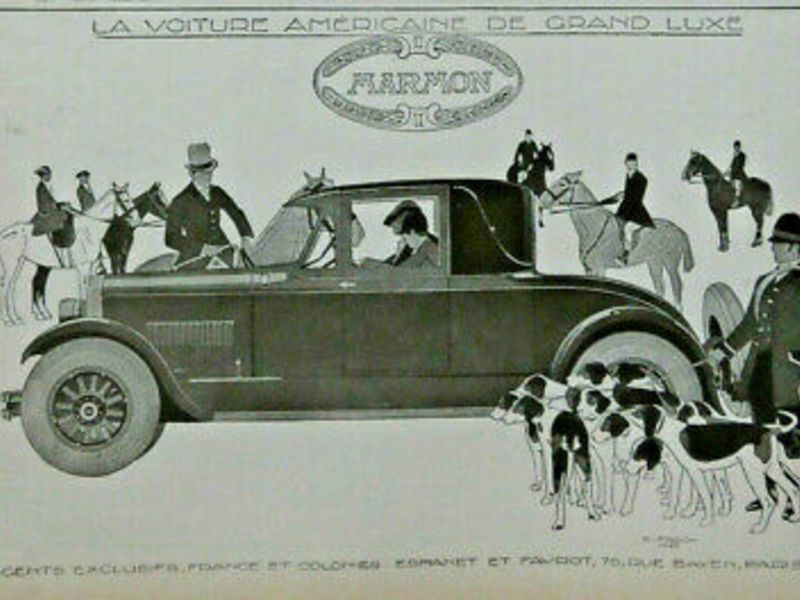
The Marmon Motor Car Co., famous for building the car that won the first Indianapolis 500, is formed on Feb. 2, 1926, from the Nordyke and Marmon Co.
Billed as a “A Mechanical Masterpiece” in early advertising, a Marmon competed with Cadillac, Packard, Lincoln, and Pierce-Arrow for luxury buyers. They were widely recognized for speed, solid engineering, advance materials and durability.
Marmon, like many other auto companies, faced hard times during the Great Depression and was forced into receivership in May 1933.
The Marmon Motor Car Co. traced its roots and early operations to Richmond, Ind., where in 1851 it started out as a manufacturer of millstones. Nordyke and Marmon Co. was founded by Daniel Marmon and Addison Nordyke. The company moved to Indianapolis in the 1870s where it became one of the world’s top makers of milling machinery.
Daniel Marmon’s sons, Walter and Howard, both engineers and fascinated by the horseless carriage, became involved in the company at the turn of the century.
Howard served as engineer and chief designer and Walter oversaw finances and manufacturing as the brothers endeavored to construct a remarkable car.
In 1902, the brothers designed and produced the company’s first car — with a 20-hp, air-cooled, overhead-valve, 90-degree V-4 engine. Output began in 1904 with the introduction of the Model A Marmon touring car equipped with the first pressure lubricated crankshaft and rod bearings.
In 1911, the company built the car that won the first Indianapolis 500, driver Ray Harroun’s Wasp, based on a Model 32 with a six-cylinder engine.
Considered a leader in advanced design, Marmon in the late 1910s introduced the Model 34, noted for its use of aluminum that made it much lighter than rivals. Marmon also designed and engineered 12- and 16-cylinder engines.
From 1903 to 1933, Marmon produced more than 110,000 cars.
Did you know?: Before Henry Ford acquired the Lincoln Motor Car Co. in 1922, he rode to work in a custom-bodied Marmon Model 34. And Aviator Amelia Earhart, upon returning from her 1932 trans-Atlantic flight, rode down New York City’s Broadway Ave. through ticker tape in a Marmon Sixteen convertible sedan.

